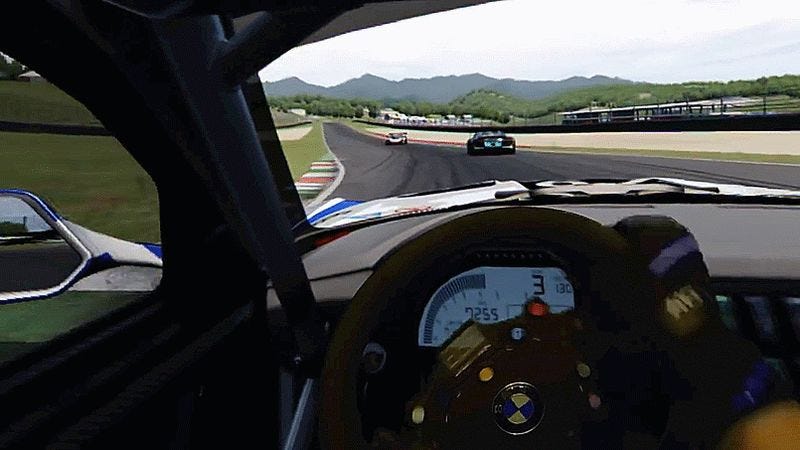Don’t worry, this is not another piece about the timing and rate of release of the brakes. Instead, it’s about the timing and rate of turning the steering wheel when entering a corner.
When I talk about the “timing and rate,” here’s what I’m referring to:
Timing: When, in relation to a corner’s Turn-in point, you begin rotating the steering wheel.
Rate: Both how quickly you rotate the steering wheel and whether the rotation is consistent.
Just thinking about all the combinations of timing and rate boggles the mind, right? Especially since you rarely, if ever, actually think about how you rotate the steering wheel. You just turn the steering wheel the way you always have. And that might be a problem: your habits, or mental programming.
Some drivers have the habit of turning the steering wheel very quickly, even abruptly. Others are too slow. Others still gradually turn the wheel, and then turn more in the middle of the corner; some turn a lot, but are hesitant to turn more mid-corner. But if you always turn the steering wheel the same way, no matter the corner, you’re not maximizing the car’s performance.
Oh, the many ways of turning the steering wheel. Let me count the ways:
Linear: The rate of rotating the wheel is constant. For example, you turn the wheel 5 degrees every tenth of a second, and it’s consistent throughout the rotation.
Progressive: The rate of rotation increases. In this case, you start turning the wheel slowly, but speed up the further you turn it.
Digressive: The rate of rotation decreases. In other words, you start turning quickly, and then slow the rate of rotation down.


